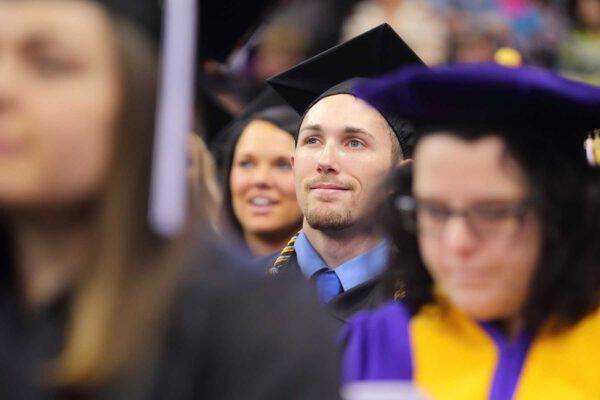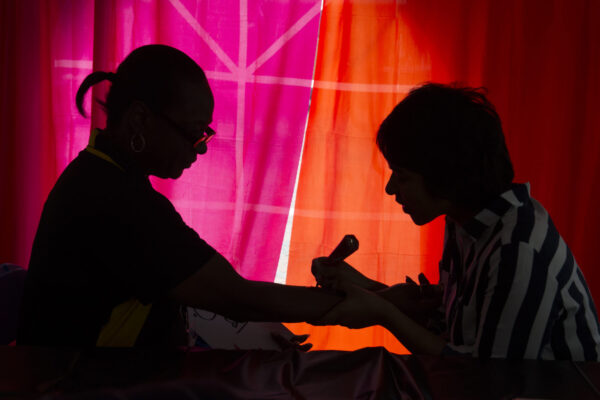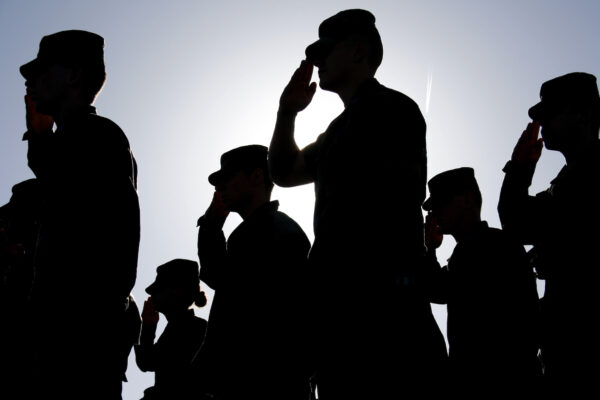Promising Practices for Collaboratively Serving Military Student Populations
Tanya Ang, ACE’s director of veterans’ programs, on the Monday session, “Promising Practices for Collaboratively Serving Military Student Populations.”
Monday’s Annual Meeting session on “Promising Practices for Collaboratively Serving Military Student Populations” gave attendees the opportunity to hear examples of current collaborative efforts amongst the Departments of Defense (DoD) and Veterans Affairs (VA) and higher education institutions.
In recent years, there has been an increased focus by colleges and universities, military and veteran service organizations, federal agencies, and other key stakeholders on how to best serve military-affiliated students.
Through these conversations, promising practices have emerged for best supporting this diverse student group.
In ACE’s research and work with institutions and other key-stakeholders, we’ve found that while there are many effective ways to serve military-affiliated students, one common theme emerges: the need for partnerships and cohesive collaborations amongst key stakeholders actively involved in supporting these students.
During this robust discussion, panelists shared examples of strategic partnerships that enhance the effectiveness of their programs and services. Highlights from the conversation include the concerted efforts DoD, VA, and other federal agencies have made over the last 18 months to work together in a collaborative effort to reduce redundancy and increase consistency.
DoD’s Tom Langdon highlighted work the department has been doing to enhance collaborative partnerships, including creating an Academic Credit Task Force made up of external and internal stakeholders that focuses on the acceptance of ACE military credit recommendations.
Del Signore of Keiser University talked about the partnership her campuses have made with their local veteran centers, while Fayetteville Technical Community College’s David Brand discussed the workshops he is providing throughout North Carolina helping his colleagues at other institutions learn more about ACE’s military evaluation process.
The VA’s James Ruhlman highlighted the work VA is currently doing with states, state legislatures and institutions of higher learning to help them prepare to meet the new in-state tuition laws that will be in effect July 2015.
Panel participants also said enhanced collaboration and partnerships require an ongoing conversation with clear and concise communication, keeping in mind that while people may not always see eye to eye, we are all partners in this process.
DoD, VA, higher education institutions and other key stakeholders are working towards the same goal, and that goal is to see service members and veterans successfully accomplish their academic goals.
If you have any questions or comments about this blog post, please contact us.


